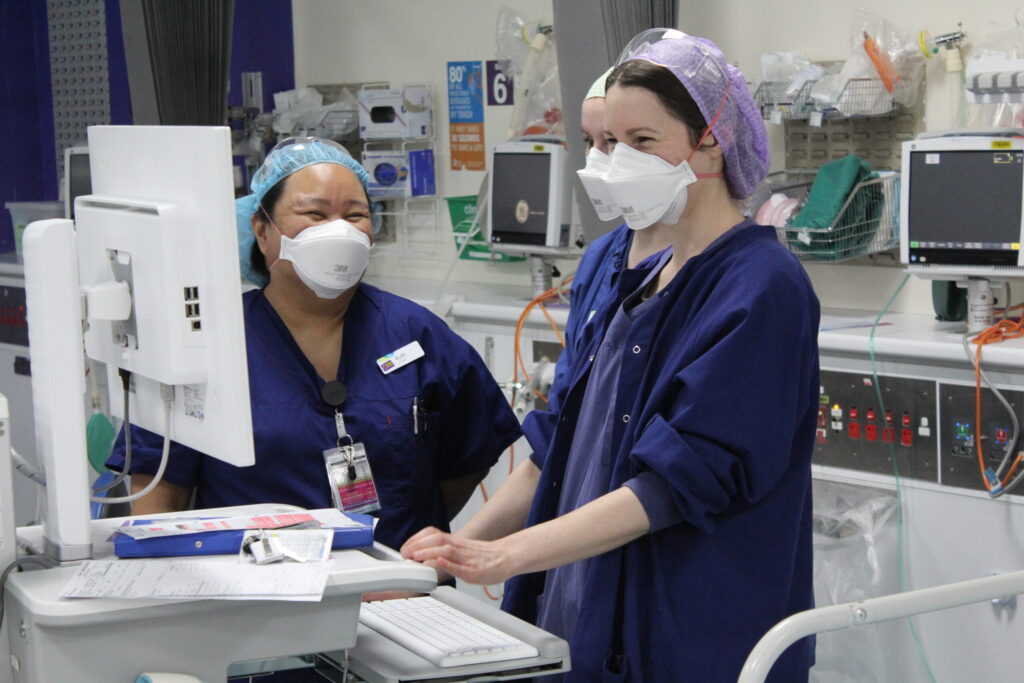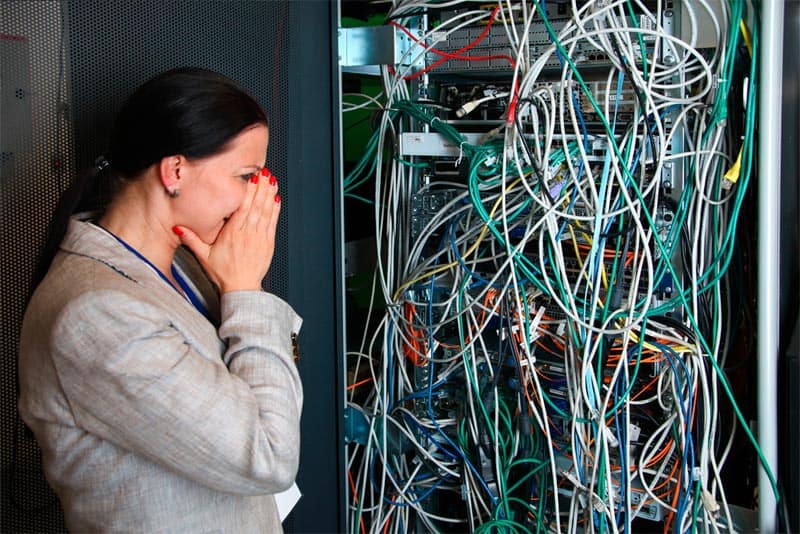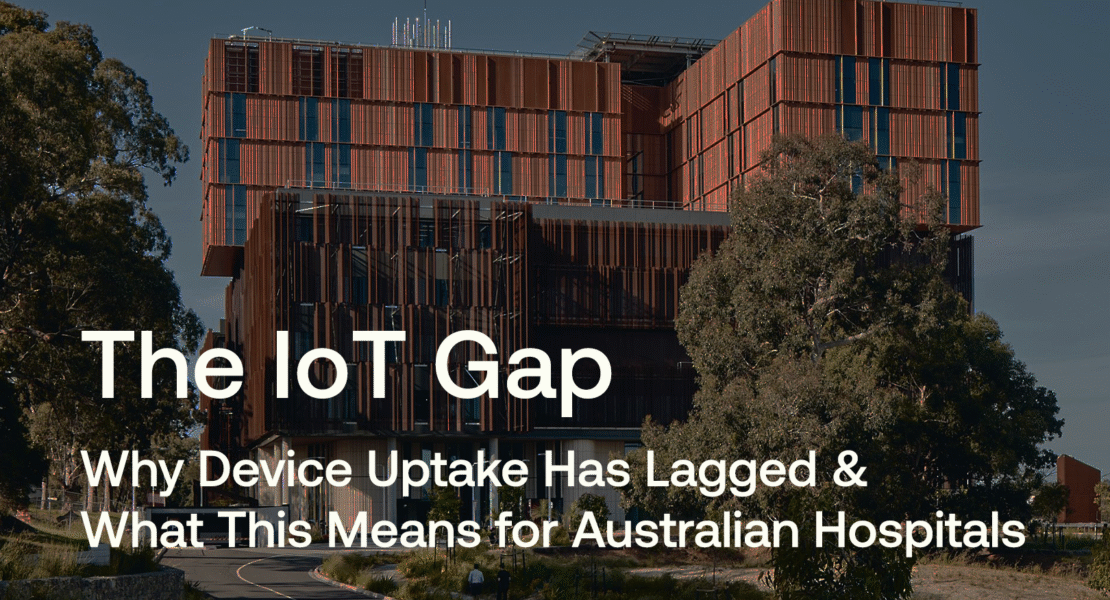In this article we take a closer look at why IoT uptake is lagging behind estimates and what this means for digital strategy in Australian hospitals.
Introduction
In 2017, UT Consulting wrote an article assessing the predicted uptake of Internet of Things (IoT) devices and the implications for network security. At the time, analysis from Gartner had forecast more than 20 billion IoT devices by 2020. Now, five years later, we are well below estimates at approximately 19.8 billion devices.
So, it’s 5 years later and we still haven’t reached device estimates predicted for 2020. Are IoT projects still being deployed?
Experts in 2017 were forecasting an explosion in the quantity of IoT devices. However, instead of the forecasted increase in uptake, we’re now observing a slower and more fragmented adoption of IoT devices. Within health projects this uptake has been heavily reliant on capital works projects, rather than a technology that is adopted as an isolated package.

Where IoT Is Gaining Traction in Healthcare
Australian Healthcare has seen a long-term trend of IoT uptake, especially within the location tracking space. Real Time Location Systems (RTLS) have been implemented as part of many new major health infrastructure projects. These systems have become nearly ubiquitous in new projects to support a range of operational objectives:
- Mobile duress alarms for staff safety
- Asset tracking of high value items such as trolleys, beds, pumps, and wheelchairs
- Reduction of medical device hoarding through wards
The deployment of RTLS is often accompanied with a clear business case: these systems improve security capabilities, increase equipment availability, and improve hospital operations. Despite this, we regularly observe barriers to their deployment particularly due to overall implementation costs.

The Barriers to Broader IoT Adoption
While IoT and RTLS devices themselves can be relatively inexpensive, the environment they rely on to function is not. Deployment of an IoT solution typically requires additional infrastructure to operate effectively, notably:
- Additional network infrastructure
- Improved wireless network coverage
- Connections for Wi-Fi, BLE, or Zigbee transmitters
Because IoT devices are dependent on the underlying infrastructure, even simple implementations can cascade into budget overruns as part of an infrastructure upgrade spiral.
Suddenly a simple IoT solution balloons into a complex multi-department infrastructure overhaul. In this situation determining what infrastructure upgrades are necessary can be difficult, and is often met with organisational resistance. Often obtaining investment approval requires endorsement from multiple stakeholders, some of whom will receive little or no benefit from the IoT solution being deployed.
In our experience, this is a key reason why the deployment of IoT solutions has failed to meet projections. Stakeholder and infrastructure dependencies mean that outside of capital works project, there is little appetite to see them implemented. IoT adoption impacts more than just one or two areas of an organisation, it will likely impact most major departments before, during, and after any project works are complete.

The Future of IoT in Healthcare Infrastructure
Today, IoT adoption is difficult for organisations that lack the underlying infrastructure requirements. The shortfall in device projections is likely in large part due to the difficulty of coordinating infrastructure upgrades in complex operational environments.
However, this doesn’t mean we believe IoT projects will halt or slow down. Instead we anticipate that as IoT systems mature and standardise, and we begin to observe more longevity in the underlying infrastructure, IoT deployments will become more accessible.
Over the next decade, we expect to see steady incremental IoT growth which is closely tied to infrastructure upgrades and is embedded as part of a broader digital health strategy.
Making IoT Work in Complex Health Environments
Many RTLS solutions are deployed during major construction projects, both new builds and redevelopments, where infrastructure budgets and stakeholder engagement are aligned and coordinated. Outside of major works, the adoption of even proven IoT solutions is much more complex.
If you’re considering an IoT deployment to support clinical care, staff safety, or operational efficiency, your success depends on more than device selection. It requires:
- A clear business case
- Robust infrastructure planning
- Stakeholder alignment; and,
- A realistic delivery model
Our team has delivered these outcomes for many of Australia’s largest health service providers from initial business case through to implementation.
At UT Consulting we are committed to supporting healthcare organisations design and deliver IoT solutions while managing costs and stakeholders. Our team works to strategically align your operation requirements, ICT infrastructure, and systems with leading technology endpoints.
For more information, please contact us at: +61 3 9601 6555.


